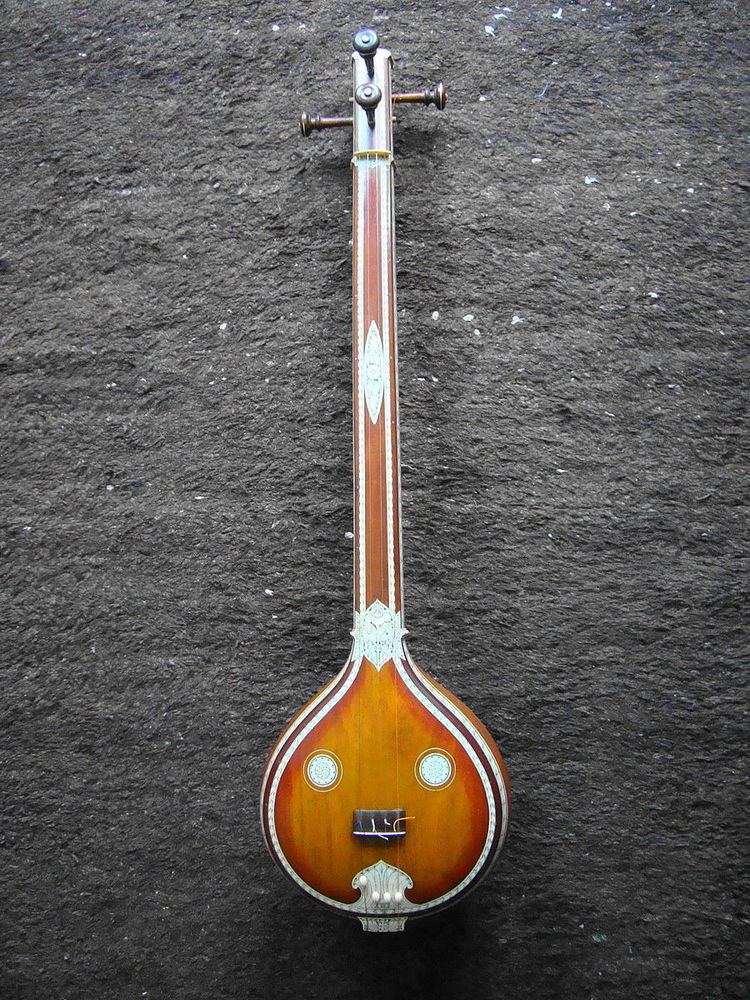 | ||
Shuddha Saveri is a rāgam in Carnatic music (musical scale of South Indian classical music) and Yakshagana music. It is an audava rāgam (or owdava rāgam, meaning pentatonic scale). It is a janya rāgam (derived scale)of the Melakratha ragam Harikambhomjhi which is 28th Melakartha raga. The equivalent of Shuddha Saveri in Hindustani music is Durga. According to the school of Muthuswami Dikshitar, this rāgam is called Devakriya. Karnataka Shuddha Saveri, a janya rāgam of 1st melakarta Kanakangi, is called Shuddha Saveri by the Dikshitar school.
Contents
Structure and Lakshana
Shuddha Saveri is a symmetric rāgam that does not contain gāndhāram or nishādam. It is a pentatonic scale (audava-audava ragam in Carnatic music classification – audava meaning 'of 5'). Its ārohaṇa-avarohaṇa structure (ascending and descending scale) is as follows (see swaras in Carnatic music for details on below notation and terms):
It is a scale that uses the following variants of the swaras – chatushruti rishabham, shuddha madhyamam, panchamam and chatushruti dhaivatam.
Shuddha Saveri is considered a janya rāgam of Sankarabharanam, the 29th melakarta rāgam, though it can be derived from other melakarta rāgams, Kharaharapriya, Gourimanohari or Harikambhoji, by dropping both gāndhāram and nishādam.
Popular compositions
Here are some popular kritis composed in Shuddha Saveri.
Ānalekara, which is set to this rāgam, is one of the first few geetams (very short compositions) taught to beginners. Sree guru guha is a song set by muthuswami dikshitar
Related rāgams
This section covers the theoretical and scientific aspect of this rāgam.
Graha bhedam
Shuddha Saveri's notes when shifted using Graha bhedam, yields 4 other major pentatonic rāgams, namely, Mohanam, Hindolam, Madhyamavati and Udayaravichandrika (also known as Shuddha Dhanyasi). Graha bhedam is the step taken in keeping the relative note frequencies same, while shifting the shadjam to the next note in the rāgam. See Graha bhedam on Mohanam for more details and illustration of this concept.
